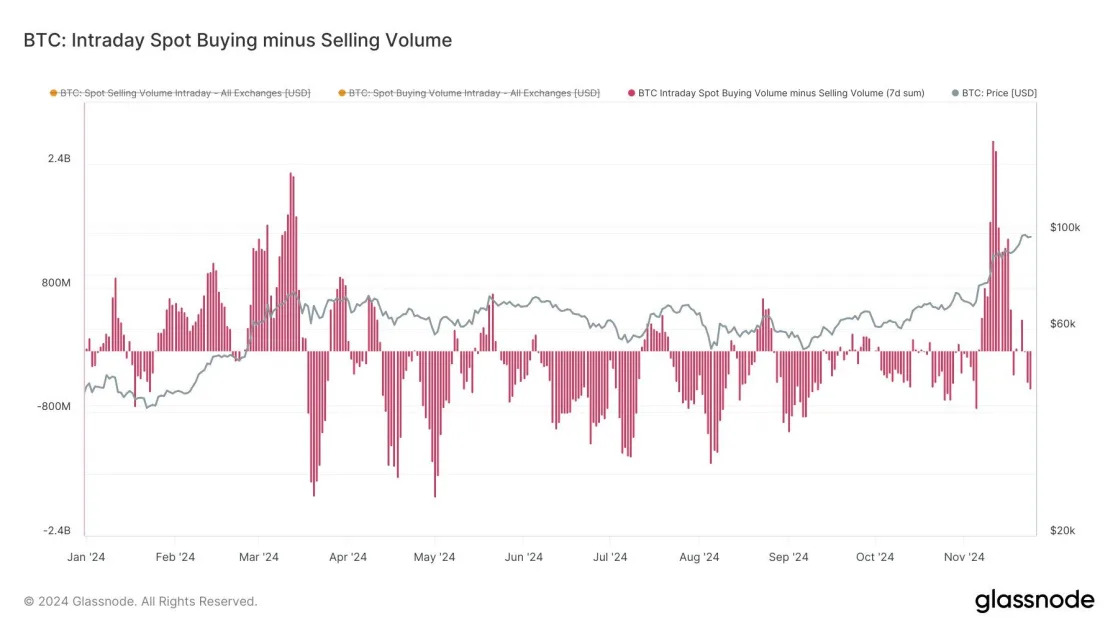Hey there! My name is Logical Thesis and I'm a writer for WOLF Financial. If you are looking for more investing related content, I guarantee you’ll enjoy my content on 𝕏, @LogicalThesis. Thanks for reading!
Bitcoin dominance, a metric that reflects Bitcoin’s market capitalization as a percentage of the total cryptocurrency market cap, is a critical indicator in the cryptocurrency ecosystem. It offers insights into market trends, investor behavior, and the broader cycles of the crypto market.
What is Bitcoin Dominance?
Bitcoin dominance measures the relative size of Bitcoin compared to the entire cryptocurrency market. For instance, if Bitcoin’s market cap is $500 billion and the total market cap of all cryptocurrencies is $1 trillion, Bitcoin dominance would be 50%. This metric is dynamic and shifts based on price movements, market sentiment, and the introduction of new cryptocurrencies.
Why Does Bitcoin Dominance Matter?
Bitcoin dominance serves as a barometer for market trends:
Bull vs. Altcoin Seasons: High Bitcoin dominance often indicates that investors are focusing on Bitcoin, usually during bear markets or early stages of recovery when risk appetite is lower. Conversely, declining dominance signals that capital is flowing into altcoins, often seen during "alt seasons" when smaller cryptocurrencies outperform Bitcoin.
Market Sentiment: A rising dominance suggests confidence in Bitcoin as a store of value or safe haven, while a drop may indicate increased speculative activity in the broader crypto space.
Risk Management: Investors often monitor Bitcoin dominance to gauge risk levels. Higher dominance can mean reduced risk-taking, while lower dominance may reflect speculative exuberance.
Bitcoin Dominance and Market Cycles
Bitcoin dominance interacts closely with the cyclical nature of the crypto market:
Early Bull Market: Bitcoin usually leads the rally as it garners attention and institutional investment. Its dominance tends to rise during this phase.
Mid-Bull Market: As Bitcoin stabilizes or consolidates, capital often flows into altcoins, reducing Bitcoin's dominance.
Bear Market: During downturns, Bitcoin typically outperforms altcoins due to its established reputation, leading to a resurgence in dominance.
Implications for the Ecosystem
Fluctuations in Bitcoin dominance affect the entire crypto ecosystem. High dominance consolidates Bitcoin’s role as the market leader and a "digital gold." However, sustained low dominance can highlight the growing maturity of the altcoin market and decentralized finance (DeFi) ecosystems.
In conclusion, Bitcoin dominance is more than a statistic; it’s a window into market psychology and a guide for navigating the crypto market's dynamic cycles. Understanding its trends can help investors make informed decisions and adapt to changing market conditions.
Disclaimer: This article is for general informational and educational purposes only and should not be considered legal, tax, accounting, or investment advice. The views expressed are my own and do not constitute financial advisory services. I have no business relationship with any company whose stock or cryptocurrency is mentioned in this article.






